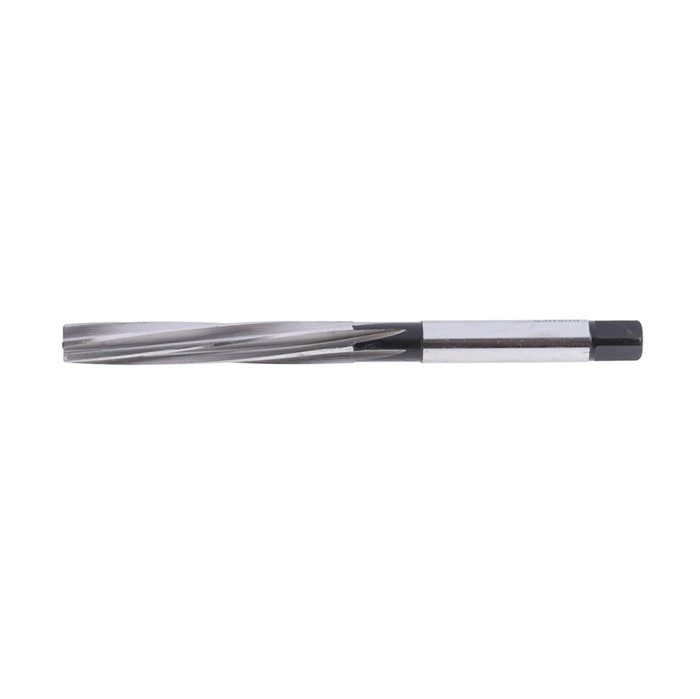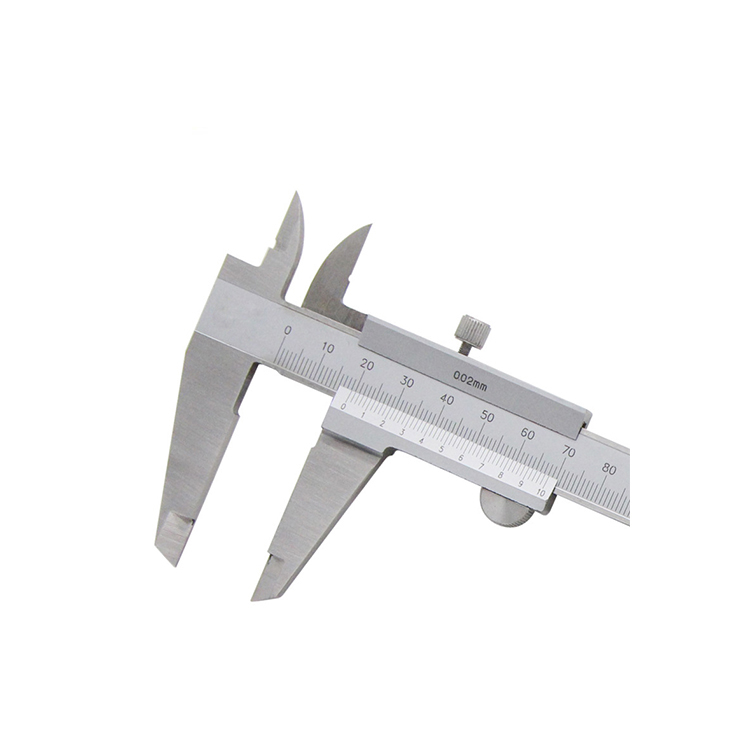hss lathe tools
High-speed steel (HSS) lathe tools are essential for any machinist working with a lathe. This comprehensive guide covers everything from the different types of HSS lathe tools and their uses to selecting the right tool for the job and proper maintenance techniques. Whether you're a beginner or an experienced professional, this guide will help you master the art of using HSS lathe tools to achieve precision and efficiency in your turning operations.Understanding HSS Lathe ToolsHigh-speed steel (HSS) is a type of steel alloy commonly used in cutting tools. HSS tools offer a good balance of hardness, toughness, and wear resistance, making them suitable for machining a wide range of materials, including steel, aluminum, and plastic. HSS lathe tools are known for their versatility and ability to hold a sharp cutting edge at high speeds.Types of HSS Lathe ToolsThere are many different types of HSS lathe tools, each designed for a specific purpose. Some of the most common types include: Roughing Tools: Used for removing large amounts of material quickly. Finishing Tools: Used for achieving a smooth surface finish and precise dimensions. Turning Tools: Used for general turning operations, such as reducing the diameter of a workpiece. Facing Tools: Used for machining the end face of a workpiece. Boring Tools: Used for enlarging existing holes. Threading Tools: Used for cutting threads on a workpiece. Parting Tools: Used for cutting off a workpiece from a longer bar. Form Tools: Used for creating complex shapes.Wayleading Tools, a reputable supplier, offers a diverse selection of these tools, ensuring you find the perfect match for your specific machining needs.Selecting the Right HSS Lathe ToolChoosing the right HSS lathe tool is crucial for achieving the desired results. Consider the following factors when making your selection: Material of the workpiece: Different materials require different cutting tool geometries and speeds. Type of operation: Roughing, finishing, turning, facing, boring, threading, and parting all require specialized tools. Lathe type: The size and type of your lathe will influence the size and type of tool you can use. Desired surface finish: Finishing tools with a fine grain structure are essential for achieving a smooth surface. Tool Geometry: Select the appropriate rake angle, clearance angle, and nose radius for your application.HSS Lathe Tool Geometry ExplainedThe geometry of a HSS lathe tool plays a vital role in its performance. Here's a breakdown of the key angles and their functions: Rake Angle: Affects chip formation and cutting force. Positive rake angles are suitable for softer materials, while negative rake angles are better for harder materials. Clearance Angle: Prevents the tool from rubbing against the workpiece. An adequate clearance angle is essential for a clean cut. Side Cutting Edge Angle (SCEA): Influences the chip thickness and cutting force distribution. End Cutting Edge Angle (ECEA): Affects the surface finish and stability of the tool. Nose Radius: Determines the surface finish and strength of the cutting edge.Using HSS Lathe Tools EffectivelyTo use HSS lathe tools effectively, follow these best practices: Secure the workpiece: Ensure the workpiece is securely clamped in the lathe chuck or collet. Set the correct cutting speed and feed rate: Refer to machining charts or guidelines for recommended speeds and feeds based on the workpiece material and tool type. Apply cutting fluid: Cutting fluid helps to cool the tool and workpiece, reduce friction, and improve surface finish. Use proper tool holding techniques: Select the appropriate tool holder and ensure the tool is securely clamped. Take light cuts: Avoid taking excessively deep cuts, which can overload the tool and damage the workpiece. Maintain a sharp cutting edge: Regularly inspect the tool for wear and sharpen it as needed.HSS Lathe Tool Maintenance and SharpeningProper maintenance and sharpening are essential for extending the life of your HSS lathe tools. Here are some tips: Regularly clean your tools: Remove chips and debris after each use. Store your tools properly: Store your tools in a dry and organized manner to prevent damage. Sharpen your tools when they become dull: Use a grinding wheel or sharpening stone to restore the cutting edge. Use appropriate grinding techniques: Follow proper grinding procedures to avoid damaging the tool. Consider professional sharpening services: For complex tool geometries or if you lack experience, consider using a professional sharpening service.Troubleshooting Common ProblemsEven with proper technique, you may encounter problems when using HSS lathe tools. Here are some common issues and their solutions: Chatter: Reduce cutting speed, increase feed rate, or ensure the workpiece is securely clamped. Poor surface finish: Use a sharper tool, reduce feed rate, or apply more cutting fluid. Premature tool wear: Reduce cutting speed, increase feed rate, or select a tool with a higher wear resistance. Built-up edge: Reduce cutting speed, increase rake angle, or apply a more effective cutting fluid.HSS vs. Carbide Lathe ToolsWhile HSS lathe tools are versatile, carbide lathe tools offer superior hardness and wear resistance, especially at high speeds. However, they are also more brittle and expensive. The choice between HSS and carbide depends on the specific application and budget. Feature HSS Lathe Tools Carbide Lathe Tools Hardness Lower Higher Wear Resistance Moderate Excellent Toughness Higher Lower Cost Lower Higher Best For Lower Speed, General Purpose High Speed, Hard Materials Where to Buy HSS Lathe ToolsYou can purchase HSS lathe tools from a variety of sources, including: Online retailers: Amazon, eBay, and other online retailers offer a wide selection of HSS lathe tools. Industrial suppliers: Companies like McMaster-Carr and MSC Industrial Supply offer a comprehensive range of tools and equipment. Local tool stores: Many local tool stores carry a selection of HSS lathe tools. Specialty machining suppliers: Wayleading Tools specializes in high-quality cutting tools and offers expert advice.ConclusionHSS lathe tools are an indispensable part of any machinist's toolkit. By understanding the different types of tools, selecting the right tool for the job, and following proper maintenance techniques, you can achieve precision and efficiency in your turning operations. Remember to always prioritize safety and consult with experienced machinists or resources when needed. Wayleading Tools is committed to providing machinists with the highest quality HSS lathe tools and expert support.References Machinery's Handbook, 31st Edition American Society for Metals (ASM) Handbook, Volume 16: Machining
Related products
Related products
Best selling products
Best selling products-
 QA Grooving & Cut-Off Holder With Right And Left Hand
QA Grooving & Cut-Off Holder With Right And Left Hand -
 Type G Arc Pointed Tree Tungsten Carbide Rotary Burr
Type G Arc Pointed Tree Tungsten Carbide Rotary Burr -
 HSS Inch 4 Flute End Mills With Bright Or TiN And TiAlN Coated
HSS Inch 4 Flute End Mills With Bright Or TiN And TiAlN Coated -
 HSS Inch Hand Reamer With Straight Or Spiral Flute
HSS Inch Hand Reamer With Straight Or Spiral Flute -
 Precision Dial Caliper Of Double Shock-Proof For Industrial
Precision Dial Caliper Of Double Shock-Proof For Industrial -
 Key Type Drill Chuck With Heavy Duty Type
Key Type Drill Chuck With Heavy Duty Type -
 Precision IP67 Digital Caliper With Data Output For Industrial
Precision IP67 Digital Caliper With Data Output For Industrial -
 Precision Monoblock Vernier Caliper Of Metric & Imperial For Industrial
Precision Monoblock Vernier Caliper Of Metric & Imperial For Industrial -
 Precision Fine-Adjustment Vernier Caliper Of Metric & Imperial For Industrial
Precision Fine-Adjustment Vernier Caliper Of Metric & Imperial For Industrial -
 Precision V Block And Clamps Set With High Quality Type
Precision V Block And Clamps Set With High Quality Type -
 Type B Cylinder Tungsten Carbide Rotary Burr
Type B Cylinder Tungsten Carbide Rotary Burr -
 Precision Expanding Mandrel From 9/16″ to 3-3/4″
Precision Expanding Mandrel From 9/16″ to 3-3/4″
Related search
Related search- Slotting Saw Factory
- SDNC boring bar Factory
- bandsaw blades Manufacturers
- american taper pipe full profile threading insert Suppliers
- High-Quality MVHN turning tool holder
- lathe tool post Manufacturer
- SE indexable thread turning tool Factory
- High-Quality MDUN boring bar
- vise Manufacturers
- inside caliper Manufacturer










